The 2011 Mid-Range SSD Roundup: 120GB Agility 3, Intel 510 and More Compared
by Anand Lal Shimpi on June 7, 2011 12:52 PM ESTA year ago whenever I'd request an SSD for review I'd usually get a 128GB drive built using 3x nm 4GB 2-bit MLC NAND die. These days the standard review capacity is twice that as most drives ship with 25nm NAND, using 8GB die. Seeing a bunch of scores for 240GB+ drives however is frustrating to all involved. At these capacities you're almost always looking at two die per NAND device, which has significant performance benefits due to interleaving. Most SSD controllers have eight NAND channels and with sixteen NAND deviecs with two die per device that's four NAND die that the controller can interleave access between for each channel. The 128GB drives by comparison halve the number of NAND, which only allows the controller to interleave requests among two die.


How read interleaving works on a single channel
Not only are these 240GB+ drives the best case performance you'd see from a particular SSD, they are also very expensive. At around $2/GB you're looking at over $500 for a high end 240GB+ SSD. I've spent the past few weeks gathering modern SSDs with 128GB of NAND on-board to provide a look at a more balanced point in the price/capacity spectrum.
| Mid-Range 2011 SSD Roundup | ||||||||
| Specs (6Gbps) | Corsair P3 128GB | Crucial RealSSD C300 128GB | Intel SSD 320 160GB | Intel SSD 510 120GB | OCZ Agility 3 120GB | OCZ Vertex 3 120GB | ||
| Controller | Marvell 6Gbps | Marvell 6Gbps | Intel 3Gbps | Marvell 6Gbps | SF-2281 | SF-2281 | ||
| Raw NAND Capacity | 128GB | 128GB | 176GB | 128GB | 128GB | 128GB | ||
| Spare Area | ~6.9% | ~6.9% | ~15.3% | ~12.7% | ~12.7% | ~12.7% | ||
| User Capacity | 119.2GB | 119.2GB | 149.0GB | 111.8GB | 111.8GB | 111.8GB | ||
| Number of NAND Devices | 8 | 16 | 12 | 16 | 16 | 16 | ||
| Number of die per Device | 4 | 2 | 1 - 2 | 2 | 1 | 1 | ||
| NAND Type | 32nm Toggle | 34nm ONFI 2.0 | 25nm ONFI 2.1 | 34nm ONFI 1.0 | 25nm ONFI 2.1 | 25nm ONFI 2.1 | ||
| Street Price | $229.99 | $234.99 | $304.99 | $284.49 | $279.99 | $252.99 | ||
| Cost Per GB | $1.797 | $1.836 | $1.906 | $2.222 | $2.187 | $1.976 | ||
Corsair Performance Series 3
The first drive in the roundup is the one I've had the longest: Corsair's P3.
The P3 is based on the same Marvell controller used by Crucial in the C300 and Intel's SSD 510, however it's using what appears to be Marvell's standard firmware and as of yet Corsair hasn't provided any firmware updates to the drive. Internally the P3 uses 32nm Toshiba NAND on a very small PCB:
There are 8 NAND devices, making this a fully populated controller. Each NAND device has four 32nm die internally:
At $229.99 the P3-128 is the most affordable drive in our roundup, and it's a 6Gbps drive so it should be able to post some pretty high sequential numbers.
Crucial RealSSD C300
The C300 is nothing new, we reviewed this drive last year. I still don't have a 128GB version of the updated m4, however as we discovered in our review of the 256GB m4, performance isn't necessarily better than the C300. In many cases the m4 is actually slower than the C300.
The 128GB drive uses Marvell's 6Gbps controller (with Micron's own firmware) and features 34nm ONFI 2.0 NAND:

With sixteen NAND devices on the PCB, each package has two 4GB die inside it.
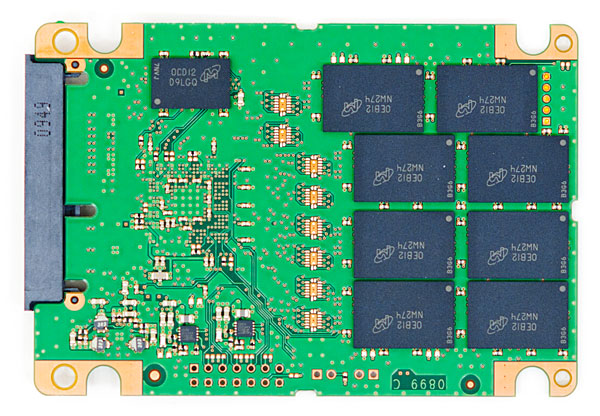
The C300 is pretty affordable by today's standards. The 128GB drive we tested here is selling for $234.99.
Intel SSD 320
Based on Intel's X25-M G2 controller but with new firmware the 320 adds features like real time encryption, however 6Gbps isn't in the cards with this drive:
Intel sent along the 160GB version of the 320, which has a pretty unusual NAND configuration. Remember Intel's controller is a 10-channel architecture and on the front of the PCB we have ten 25nm NAND devices:
These are 16GB NAND devices (two 8GB NAND die per package). That alone is good for the 160GB drive capacity, but the 320 needs more spare area than its predecessor so 160GB won't cut it. Flip the PCB over and you see two 8GB NAND devices:
I'm not entirely sure how Intel is striping data across all of the NAND. It's likely that Intel is simply just interleaving more operations on two of the channels. The 160GB 320 is the most expensive drive here at $304.99, but that's mostly because of the drive's capacity. In terms of cost per GB, the 320 is middle of the road here at $1.906 per GB.
Intel SSD 510
While the 320 is Intel's mainstream drive, the 510 is the high performance 6Gbps offering for enthusiasts. Intel is using Marvell's 6Gbps controller, again with its own custom firmware. The drive uses Intel's 34nm NAND and doesn't support the encryption features of the 320.
Since it uses 34nm NAND, Intel has 16 NAND devices internally each with two 4GB die:
The 510 is our second most expensive drive here at $284.49 and the most expensive on a cost-per-GB basis as well ($2.222):
OCZ's Agility 3 & Vertex 3
OCZ was the first to ship a SF-2281 based drive and now there are multiple offerings in the OCZ lineup. The Vertex 3 uses 25nm IMFT synchronous NAND, while the Agility 3 uses 25nm IMFT asynchronous NAND. As I hinted at in our review of the 240GB Agility 3, I fully expect a lot of pricing fluctuation between these two lines depending on availability of NAND. As a result, today you can buy a Vertex 3 from Newegg for less than you can an Agility 3. Obviously at the same price the Vertex 3 is the recommended drive but I expect to see these two flip flop more in the future.
Internally the Agility 3 (and Vertex 3) use 16 NAND devices with one die per device:
OCZ is very aggressive on Vertex 3 pricing, you can get the 120GB version today for $252.99.
The Test
| CPU |
Intel Core i7 965 running at 3.2GHz (Turbo & EIST Disabled) Intel Core i7 2600K running at 3.4GHz (Turbo & EIST Disabled) - for AT SB 2011, AS SSD & ATTO |
| Motherboard: |
Intel DX58SO (Intel X58) Intel H67 Motherboard |
| Chipset: |
Intel X58 + Marvell SATA 6Gbps PCIe Intel H67 |
| Chipset Drivers: |
Intel 9.1.1.1015 + Intel IMSM 8.9 Intel 9.1.1.1015 + Intel RST 10.2 |
| Memory: | Qimonda DDR3-1333 4 x 1GB (7-7-7-20) |
| Video Card: | eVGA GeForce GTX 285 |
| Video Drivers: | NVIDIA ForceWare 190.38 64-bit |
| Desktop Resolution: | 1920 x 1200 |
| OS: | Windows 7 x64 |


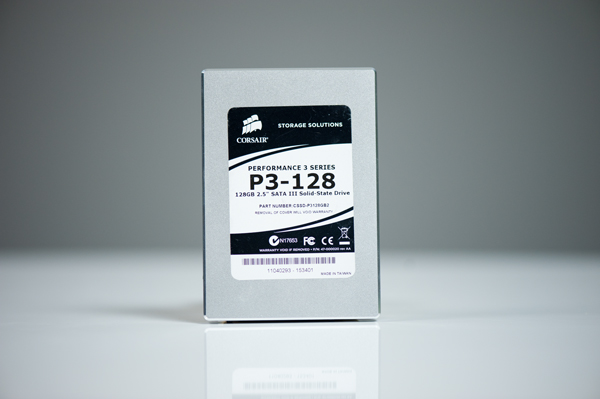

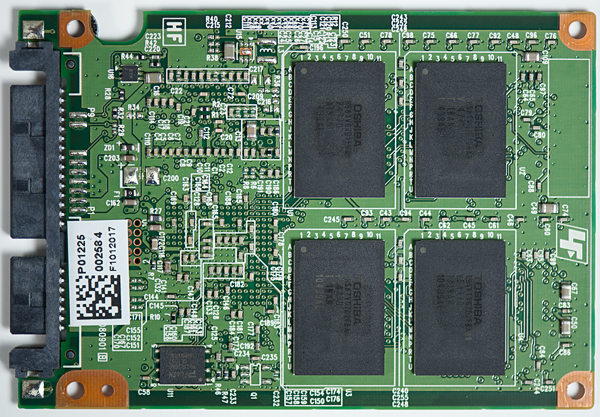
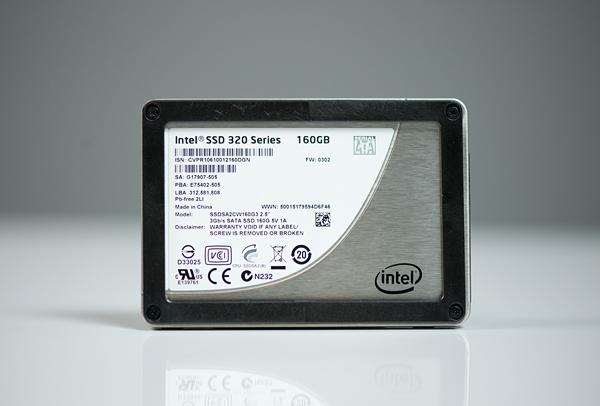
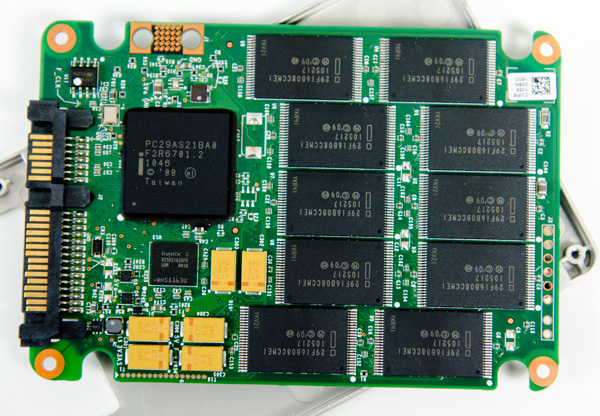
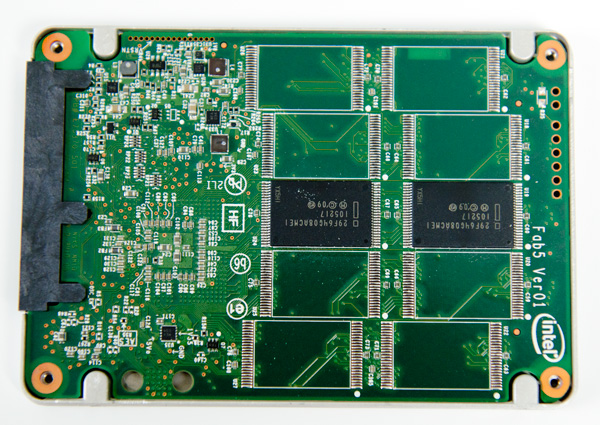
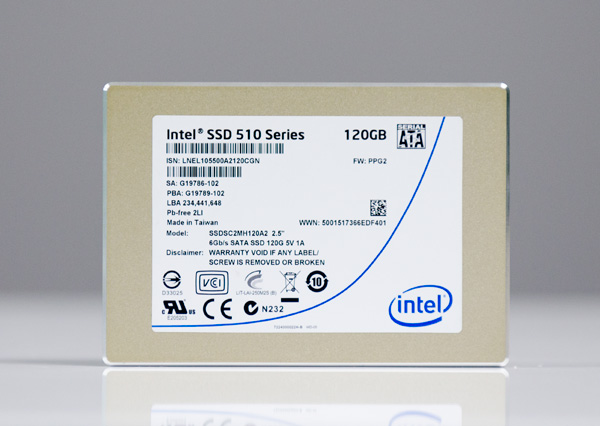
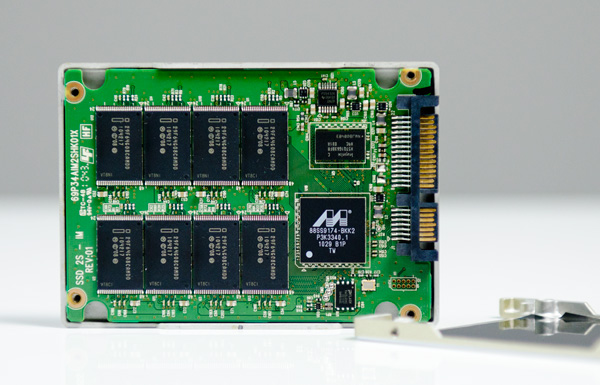
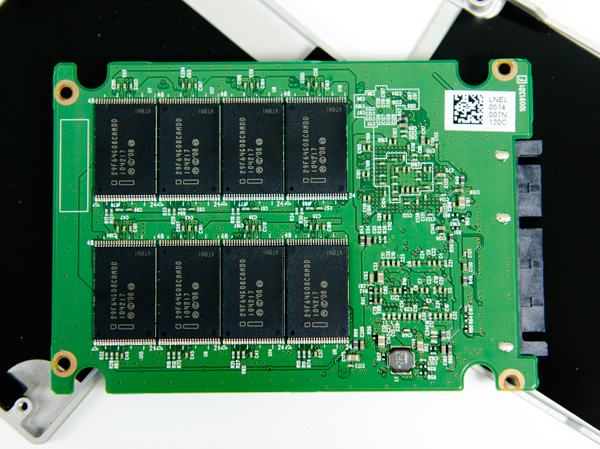
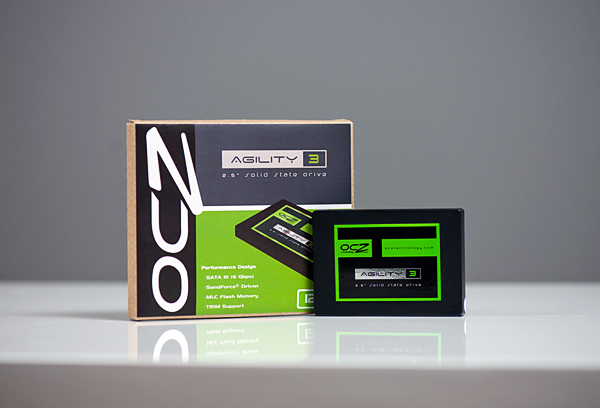
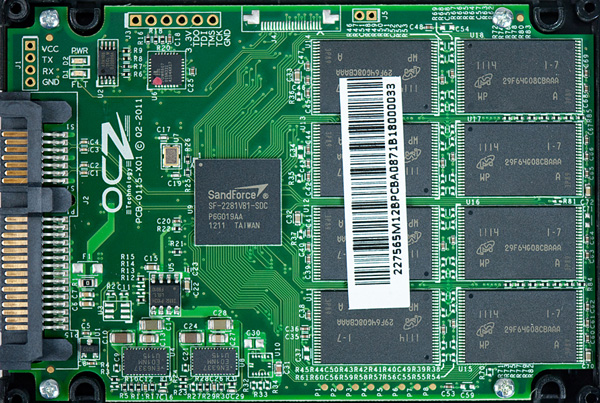
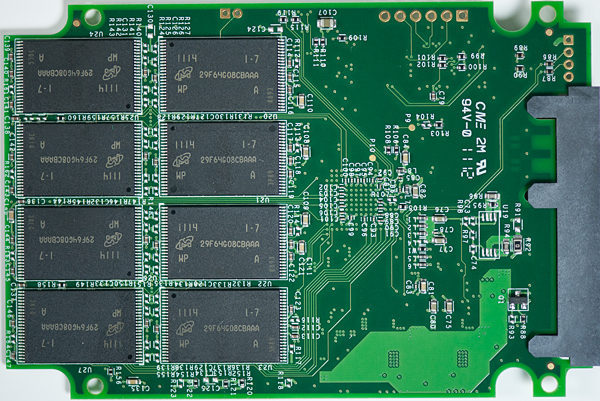








68 Comments
View All Comments
voidi - Wednesday, June 8, 2011 - link
I've been waiting for an article like this for a long time. I think there are more people interested in the middle-class, 120GB SSDs, because everything above that capacity is still very expensive, and 120GBs should prove sufficient for most users to store the OS + a load of programs + all games you currently play from time to time. Twice the space is always nice, of course, but I don't feel it's necessary.Thank you so much for this review!
voidi - Wednesday, June 8, 2011 - link
By the way, in Europe, the Agility 3 120GB is currently ~180 € with shipping, whereas the Vertex 3 120GB goes for ~215 €. Interesting to see that the pricing is so different in the US, even in favor of the Vertex sometimes.voidi - Wednesday, June 8, 2011 - link
I just realized you corrected that already, nevermind :)wvh - Wednesday, June 8, 2011 - link
Thanks for the article. It seems there really isn't a bad choice amongst those options, depending on one's priorities.Anand, could you do a short section on encryption in the next article? There are lots of manufacturers who claim their products support encryption, but there's a lot of conflicting information out there and it would be good to know which drives – if any – offer reliable encryption from a data security point of view, and how they provide this security (ATA boot? TPM?).
jensend - Wednesday, June 8, 2011 - link
I was among those clamoring for this a while back, and would like to thank you for doing this review. Hopefully comparative reviews of lower-than-highest-capacity SSDs will become commonplace throughout the tech world moving forward.anotherengineer - Wednesday, June 8, 2011 - link
Great review Anand. However on the first page with the SSD comparison table, how come you didn't include the firmware version that was used for the testing?Thanks
sean.crees - Thursday, June 9, 2011 - link
First, i didn't see the F120 in the price graph in the beginning, but noticed it in the benchmarks.On a 3gb controller, its performance is very competative, and the power consumption is among the best available.
Then i went to newegg to check the price. $215 for the 120g is a lot less than anything else in this round-up. Thats only $179 per GB. So it is simultaniously the best total price, and best price per GB. With the top 3 best performance on a 3gb controller, and the best power consumption.
How is the F120 not highly recommended in this review?
The one thing that i think Anand forgets is that 3gb controllers are still more common, especially if your using an SSD to upgrade an existing laptop/desktop computer.
JasonInofuentes - Thursday, June 9, 2011 - link
Not sure if this is specifically why Anand didn't include it, but part of the trouble with reviewing tech hardware is that it's always unclear just how long a piece of technology will stay not just relevant but available. Is the Corsair a competitive drive in the SATA II space? You bet, I actually was thinking of putting one to use in my system. Is it pretty available on sites like NewEgg? Yeah, but for how long. It's an older drive at this point and the amount of time it stays on the market is unknown. Better to tell you, and the guy that checks this article out in August after he's earned some cash over the summer for a new build, what is the best drive that WILL be available in a few months, and likely for a while after that.What I think everyone is really itching for is the $/GB to fall steeply thanks to the move to 25 nm NAND. The era of $1/GB SSDs are probably still some ways off, but I would hope that we could enjoy a drift towards $1.5/GB before 19 nm NAND hits the streets.
Jason
superccs - Thursday, June 9, 2011 - link
Every time I come here I see you look at performance on multiple platforms, which makes sense , but lately it seems that it is Intel board X and Intel board Y. How hard is it to find a 890 board and throw some new toy in it?There are quite a few peeps out there who use AMD hardware so throw us a bone damnit.
.
Mitch101 - Thursday, June 9, 2011 - link
What we need now is a reliability report. I know of several people (3) with SSD drives and all have experienced a drive failure and these are desktops not servers, no defrag, with virtual swap files. Speed is great but if I have to replace the drive every 6-9 months because of failure Im staying away.